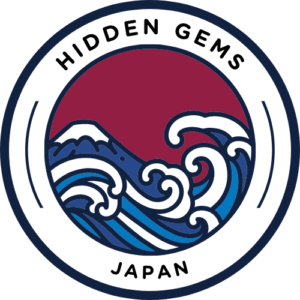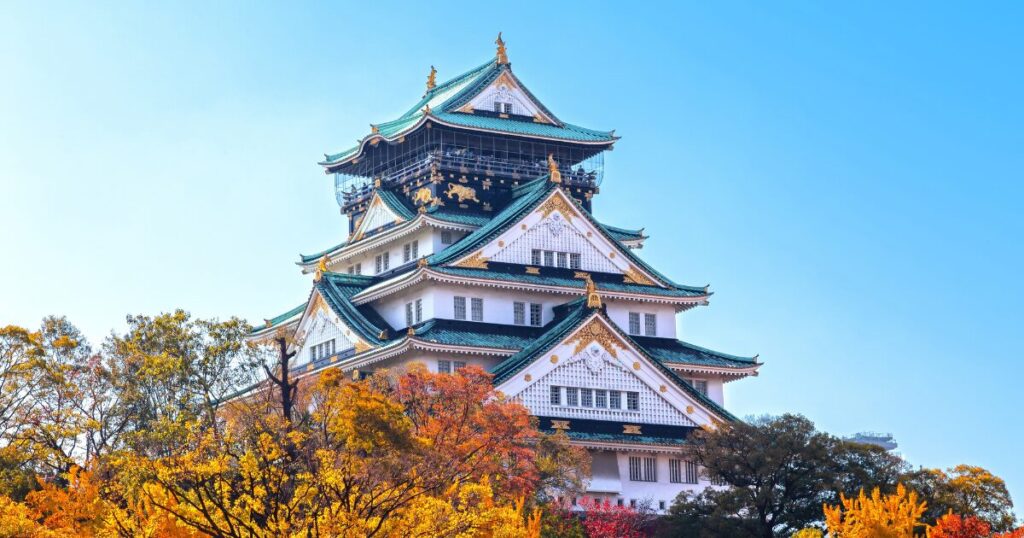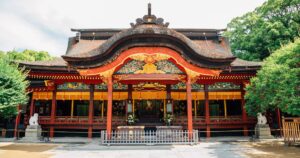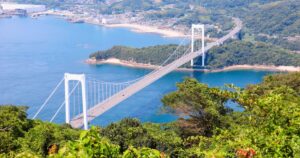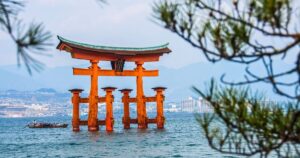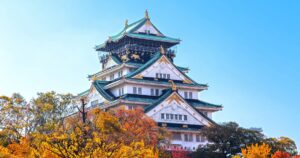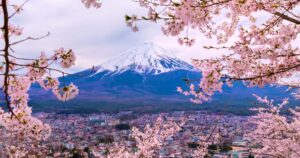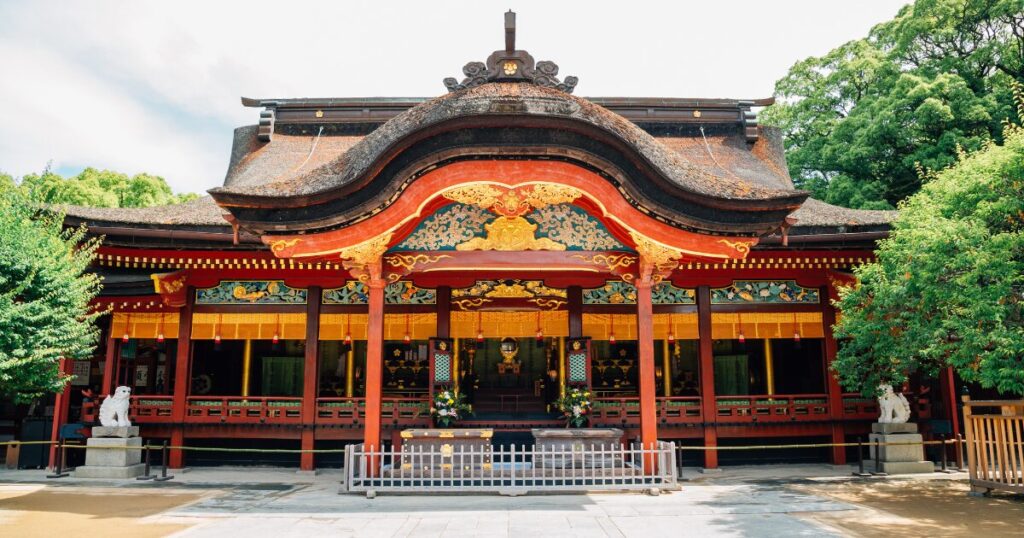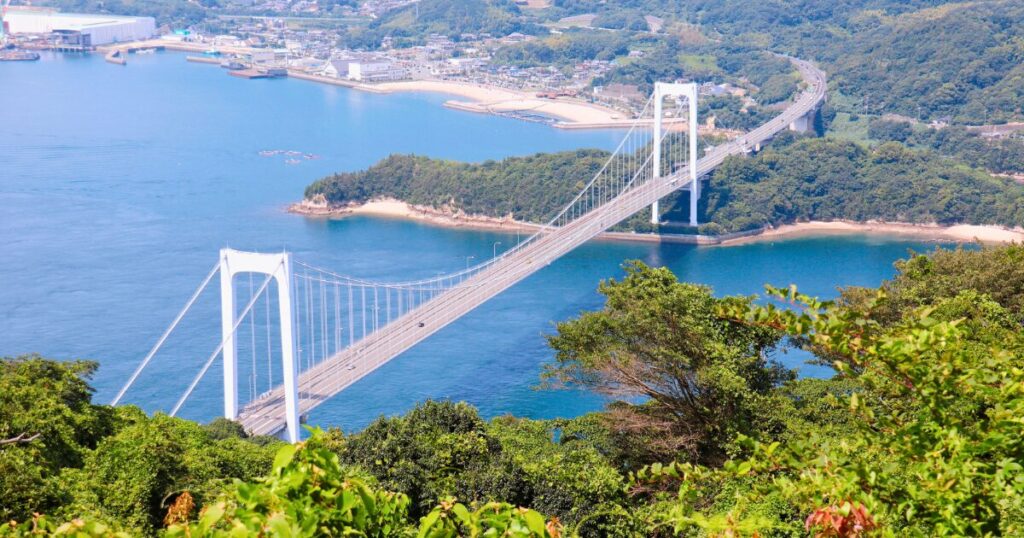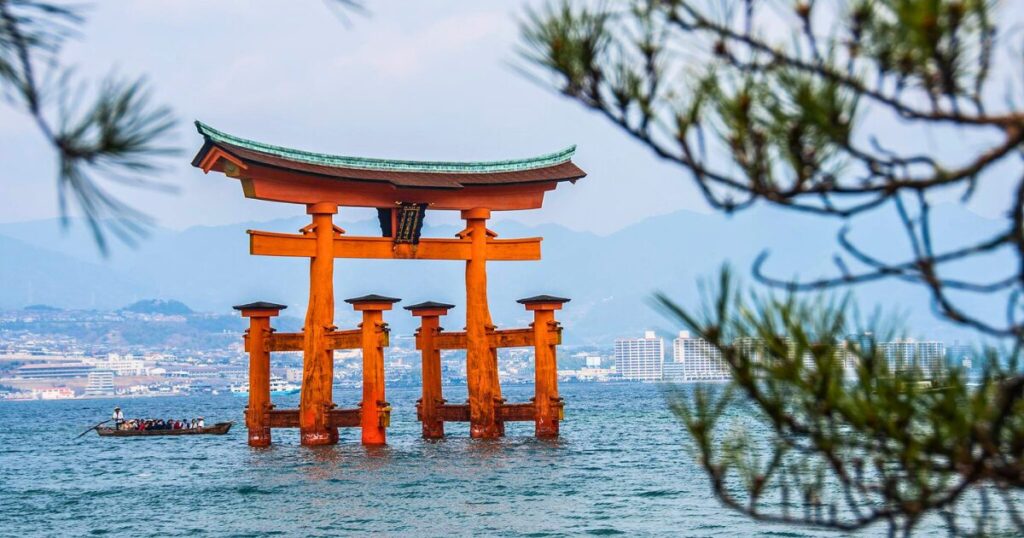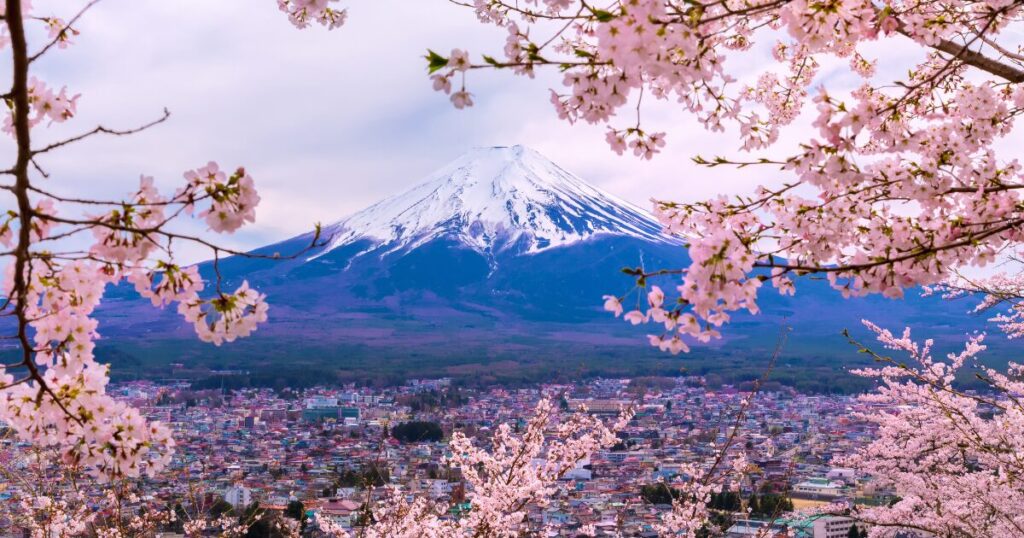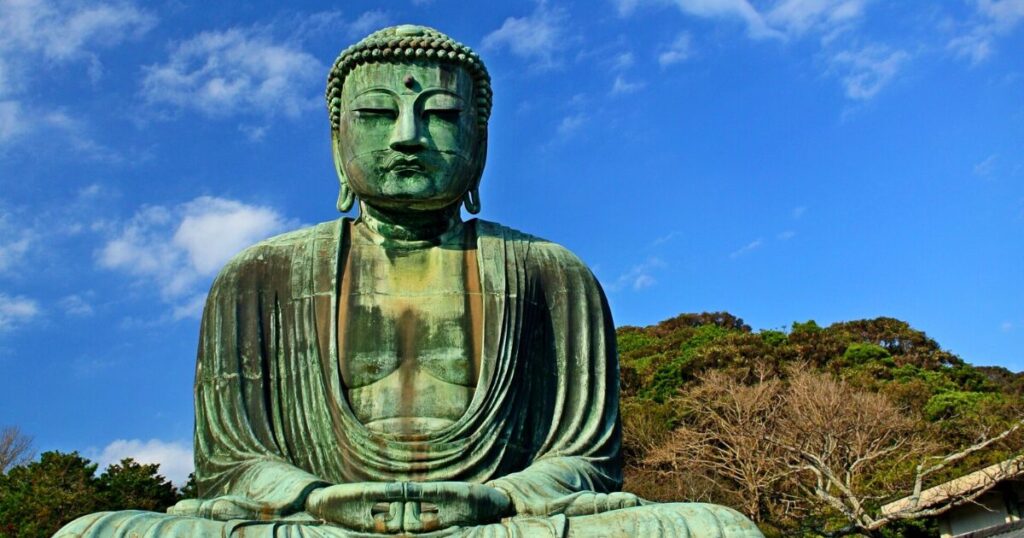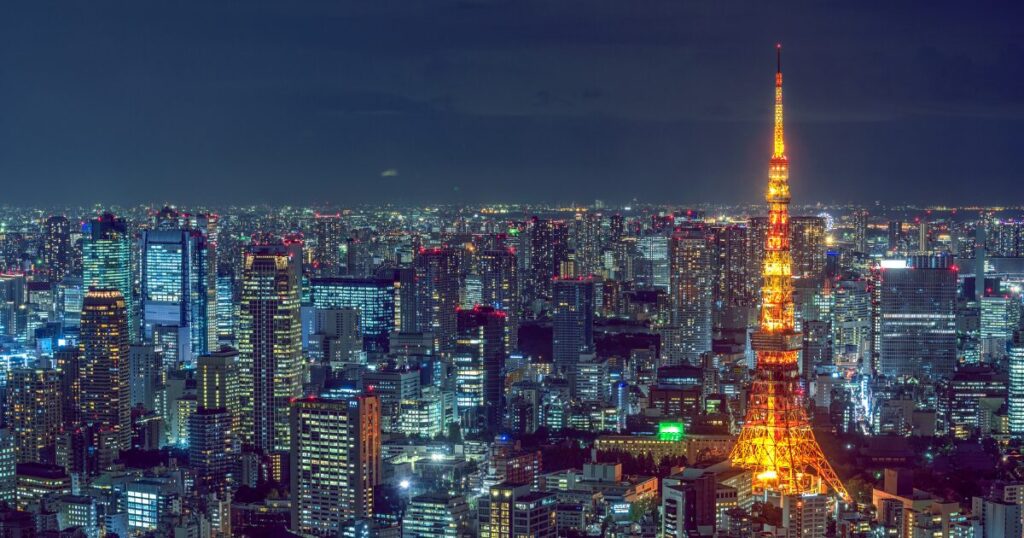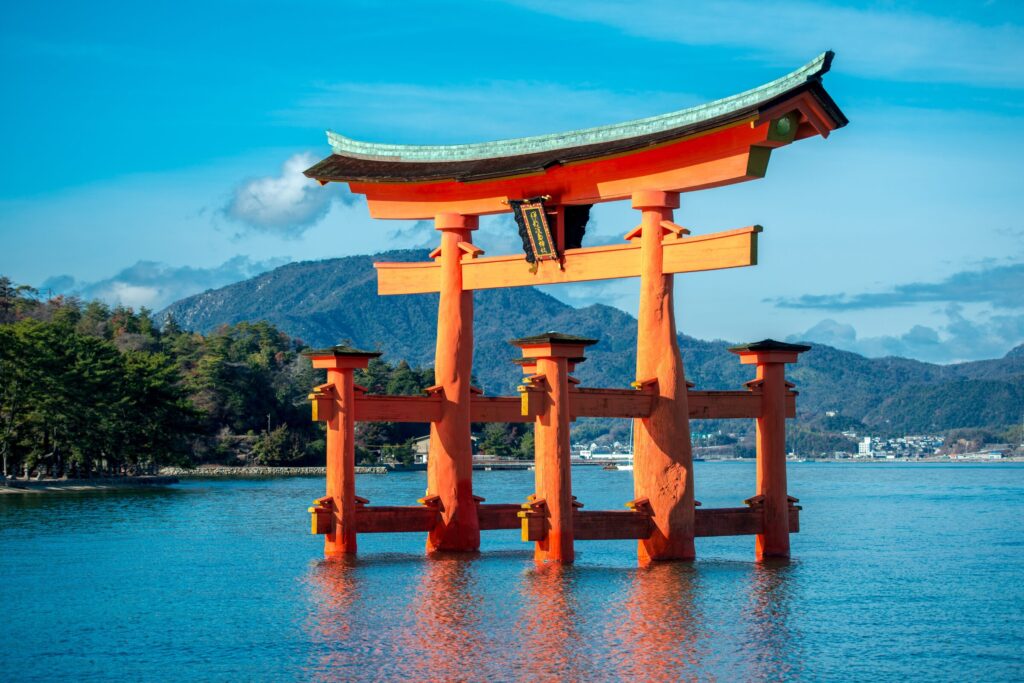If you ask Japanese people where the “soul” of Japan lives, many will point to the Kansai region. Known as the birthplace of much of Japan’s history, culture, and cuisine, Kansai (also called Kinki) is home to some of the country’s most beloved cities—Kyoto, Osaka, Nara—as well as hidden countryside gems that many foreign tourists miss.
From centuries-old temples and vibrant street food alleys to breathtaking coastlines and peaceful hot springs, Kansai offers something for every traveler. Whether you’re a first-timer or a seasoned Japan explorer, this guide will help you discover the top highlights in each of Kansai’s seven unique prefectures.
Osaka Prefecture
Osaka is the lively, food-loving heart of Kansai. Known for its outgoing locals, humorous spirit, and mouth-watering street food, Osaka is the place to go when you want to eat well and enjoy a vibrant city vibe. People often say that Osaka’s charm lies in its friendliness and humor—here, even casual conversations can turn into comedic performances. Beyond the neon lights and bustling nightlife, Osaka also has a softer side, with riverside parks, museums, and peaceful shrines tucked between skyscrapers. It’s a place where tradition and playfulness coexist, and where food isn’t just sustenance—it’s a form of art and pride.
Osaka Castle (大阪城)
One of Japan’s most famous castles, originally built by Toyotomi Hideyoshi in the late 16th century. The current structure is a faithful reconstruction that includes a museum detailing the castle’s dramatic history. Surrounded by moats, stone walls, and sprawling parkland, it becomes especially magical during cherry blossom season. The view from the top of the castle tower offers a sweeping panorama of Osaka city, blending the old and new in one perfect shot. Visiting the castle is like stepping into a living textbook of Japan’s samurai era.
Dotonbori (道頓堀)
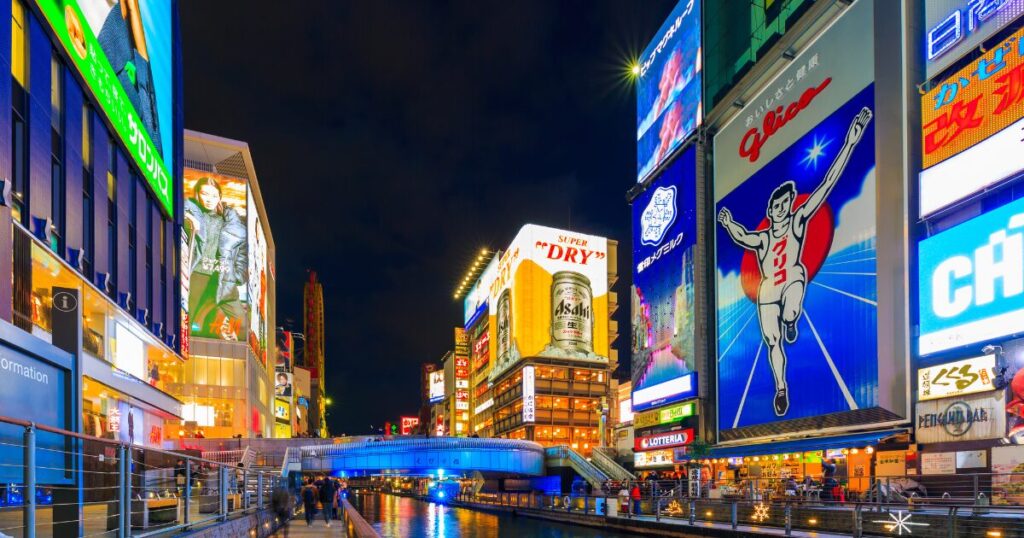
The beating heart of Osaka’s food and entertainment scene, Dotonbori is a lively canal-side district where the lights never seem to dim. Try iconic local specialties like takoyaki (octopus balls), okonomiyaki (savory pancakes), and kushikatsu (deep-fried skewers) from street stalls or casual izakaya. The massive animated billboards—including the famous Glico Running Man—create a sensory overload that’s part of the fun. Dotonbori is where locals and tourists alike go to eat, laugh, and soak in the spirit of Osaka at its most electric.
Kyoto Prefecture
Kyoto is the city of temples, tea, and tradition. Once Japan’s capital for over a thousand years, it preserves centuries of culture in its architecture, gardens, and cuisine. From the quiet streets of Gion to the grand halls of Kinkaku-ji and Kiyomizu-dera, Kyoto offers an unmatched glimpse into Japan’s spiritual and artistic heritage. What makes Kyoto special is not just its well-known landmarks, but the small moments—like the sound of temple bells at dusk or a warm bowl of matcha in a wooden teahouse. It’s a city best explored slowly, with curiosity and respect.
Fushimi Inari Shrine (伏見稲荷大社)
Famous for its thousands of red torii gates that stretch through the forested hillside, Fushimi Inari is one of Japan’s most iconic spiritual sites. Each gate is donated by individuals or businesses hoping for good fortune. The path up Mount Inari offers a meditative walk punctuated by smaller shrines and stunning city views. Early morning or late evening visits offer a more serene experience and a deeper sense of the shrine’s mystical atmosphere.
Arashiyama Bamboo Grove (嵐山竹林)
A serene pathway through towering bamboo stalks that sway gently in the wind. Walking through the grove feels like entering another world—cool, quiet, and timeless. Nearby attractions include Tenryu-ji Temple, the scenic Togetsukyo Bridge, and peaceful riverboat rides. The area is especially popular in autumn, when maple leaves turn vivid red, and in spring, when cherry blossoms frame the bamboo paths with soft pink hues.
Nara Prefecture
Small but full of history, Nara was Japan’s first permanent capital, and it still holds deep cultural significance today. Known for its friendly deer, ancient temples, and well-preserved old town areas, Nara offers a more relaxed atmosphere than its bigger neighbors. The city is compact and walkable, making it ideal for a peaceful day trip. Feeding deer in Nara Park is a fun and heartwarming experience, but beyond that, Nara provides a strong connection to Japan’s spiritual and artistic roots.
Todai-ji Temple (東大寺)
Home to Japan’s largest bronze Buddha statue, this enormous wooden temple is a marvel of ancient engineering. The Daibutsuden (Great Buddha Hall) is one of the largest wooden structures in the world, and the sheer scale of the Buddha statue inside is breathtaking. The temple grounds include peaceful gardens, subsidiary halls, and plenty of space to take in the sacred surroundings.
Kasuga Taisha (春日大社)
A mystical Shinto shrine located within Nara Park, surrounded by an enchanting forest. Hundreds of bronze lanterns hang along its corridors, and thousands of stone lanterns line the approach. These lanterns are lit during special festivals, creating an otherworldly glow. The shrine’s atmosphere is peaceful and slightly mysterious, evoking the spiritual depth of ancient Japan.
Hyogo Prefecture
Hyogo stretches from the Sea of Japan to the Seto Inland Sea, making it one of the most geographically diverse prefectures in Kansai. Kobe is a stylish port city with international influences, while Himeji preserves Japan’s samurai-era architecture in stunning detail. There are also mountains, beaches, and hot springs to explore, making Hyogo a well-rounded destination for both urban and nature-loving travelers.
Himeji Castle (姫路城)
Often called Japan’s most beautiful and best-preserved castle, Himeji Castle is a UNESCO World Heritage Site and a masterpiece of feudal architecture. Its elegant white walls resemble a heron in flight, earning it the nickname “White Heron Castle.” Visitors can climb up through the castle’s many floors to enjoy panoramic views and explore its historical displays.
Kobe Harborland (神戸ハーバーランド)
A trendy waterfront area in Kobe known for shopping, dining, and stunning night views. It’s home to romantic promenades, a large Ferris wheel, and stylish restaurants where you can try the world-famous Kobe beef. The nearby Kobe Port Tower offers great views of the bay, especially at sunset.
Shiga Prefecture
Just east of Kyoto, Shiga is often overlooked but offers plenty of charm. Its centerpiece is Lake Biwa, Japan’s largest freshwater lake, which is surrounded by historic towns, cycling trails, and scenic mountain views. Shiga is known for its slower pace, perfect for travelers looking to unwind and enjoy local life. It’s also rich in samurai history, with well-preserved castles and traditional neighborhoods.
Lake Biwa (琵琶湖)
A peaceful retreat from busy city life, Lake Biwa is ideal for outdoor activities like boating, fishing, and cycling. The lakeside town of Omi-Hachiman is known for its historic canals, while Omi-Maiko beach attracts visitors in summer. Birdwatching and seasonal flower fields add to its year-round appeal.
Hikone Castle (彦根城)
One of Japan’s few original castles, Hikone Castle offers a fascinating glimpse into Edo-period architecture and samurai life. Its hilltop location provides sweeping views of the lake and city. Visitors can also meet Hikonyan, the castle’s beloved cat mascot, who often appears for photos.
Wakayama Prefecture
Wakayama is a spiritually rich and naturally stunning prefecture on the Kii Peninsula. It’s home to sacred pilgrimage routes, mountain temples, and coastal hot spring resorts. The slower pace and deep-rooted traditions of Wakayama make it ideal for travelers seeking reflection, wellness, and connection with nature. The contrast between rugged mountains and pristine beaches adds to its unique charm.
Kumano Kodo Pilgrimage Trails (熊野古道)
A network of ancient pilgrimage trails that connect three sacred Shinto shrines in the mountains of Wakayama. Walking these moss-covered paths offers a quiet, powerful experience steeped in spiritual history. Recognized by UNESCO, these trails have been walked by emperors and monks for over a thousand years.
Shirahama Beach (白良浜)

A beautiful white-sand beach with turquoise water, often compared to tropical resorts. Shirahama is also famous for its hot spring baths, some of which are located right on the oceanfront. The area is popular for summer vacations and romantic getaways.
Mie Prefecture
Mie offers a beautiful mix of nature, spirituality, and craftsmanship. It’s most famous for the Ise Grand Shrine, considered the most sacred Shinto site in Japan. The coastal areas are known for fresh seafood, traditional pearl cultivation, and dramatic sea views. From mountain villages to elegant bays, Mie provides a peaceful yet enriching travel experience.
Ise Grand Shrine (伊勢神宮)
Japan’s most sacred Shinto shrine, dedicated to the sun goddess Amaterasu. The serene forest surroundings and simple wooden architecture create a deeply spiritual atmosphere. Visiting both the Inner and Outer Shrines allows travelers to experience centuries of tradition.
Mikimoto Pearl Island (ミキモト真珠島)
Located in Toba, this museum island showcases the history of pearl cultivation and features live demonstrations by Ama female divers. The island also has exhibits on pearl jewelry and the life of Kokichi Mikimoto, who pioneered cultured pearls.
Conclusion
Kansai is more than just Kyoto and Osaka—it’s a region bursting with history, food, nature, and warm local charm. Whether you’re feeding deer in Nara, hiking ancient trails in Wakayama, or exploring castle towns by the lake in Shiga, you’ll come away with a deeper appreciation for Japan’s past and present. So take your time, go beyond the guidebooks, and let Kansai surprise you with its many unforgettable sides.

